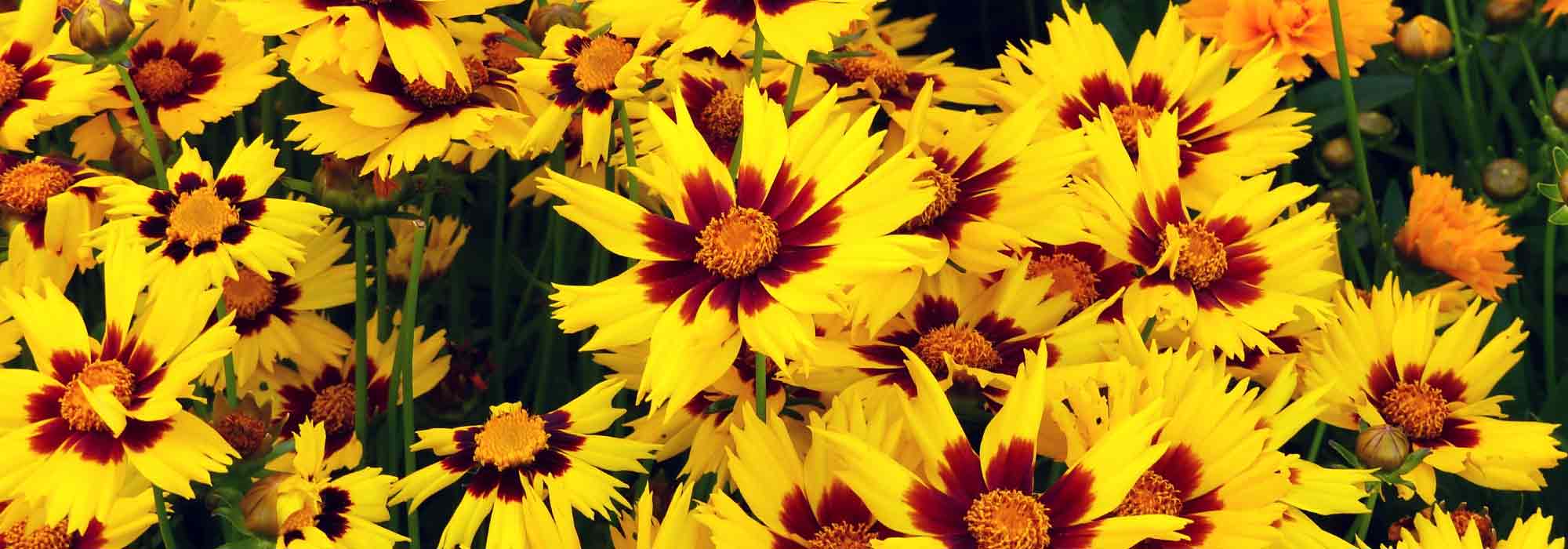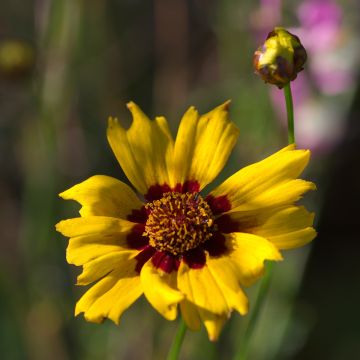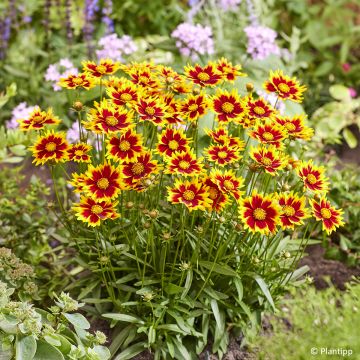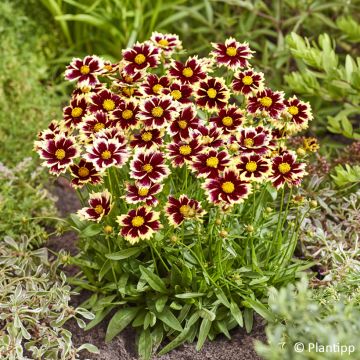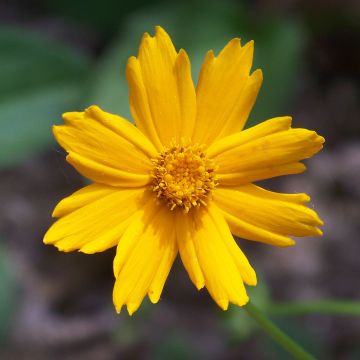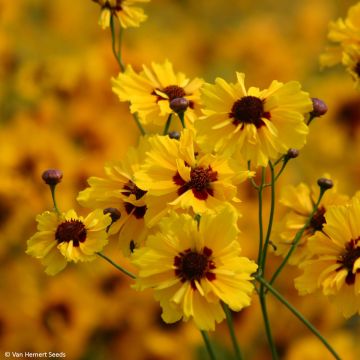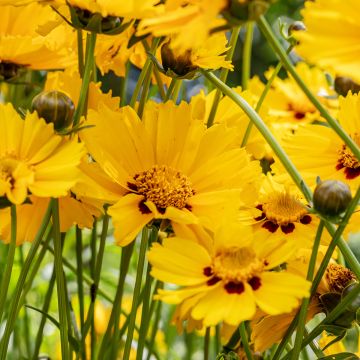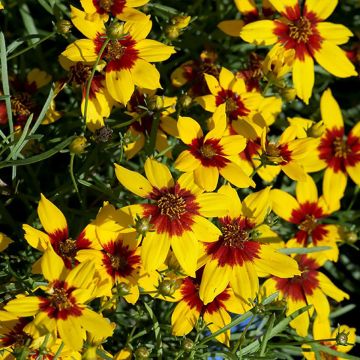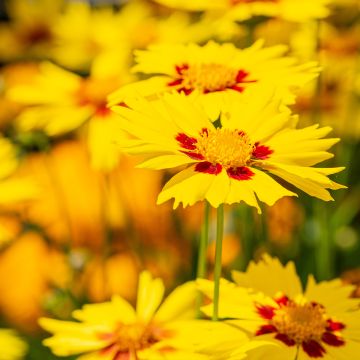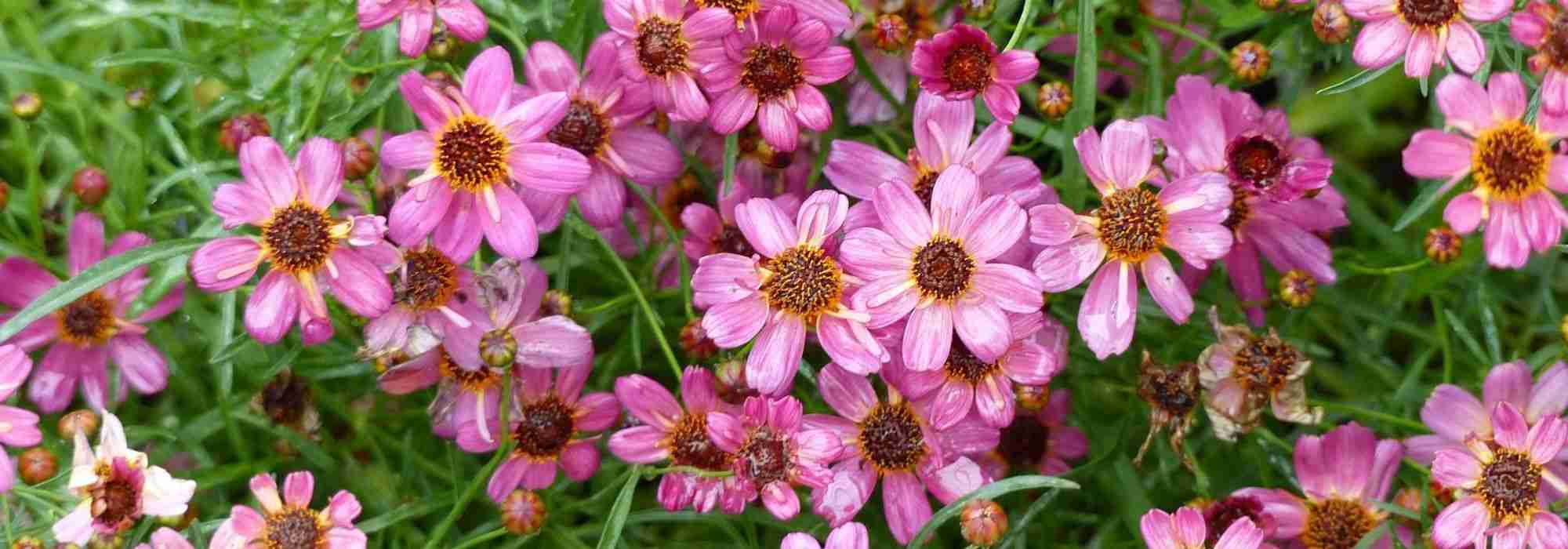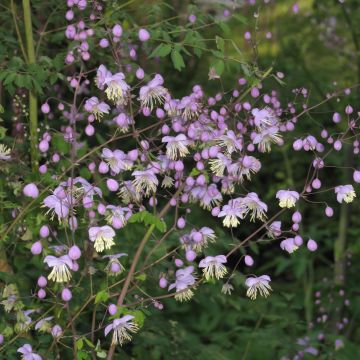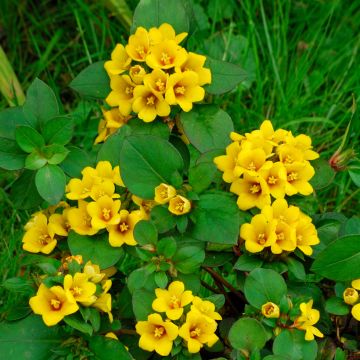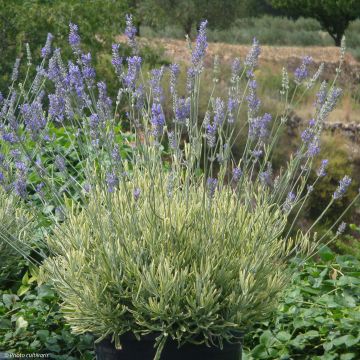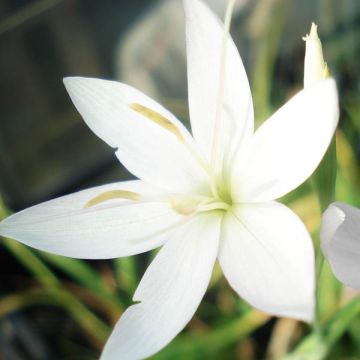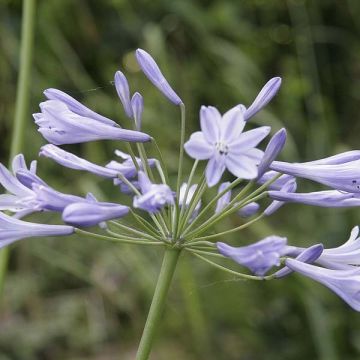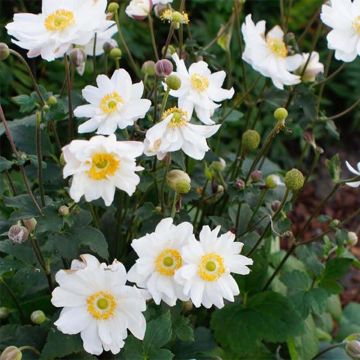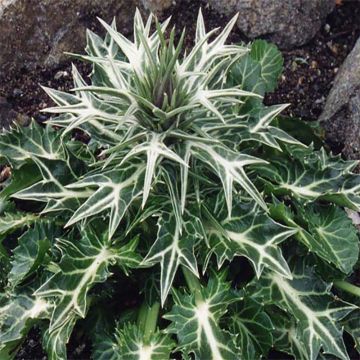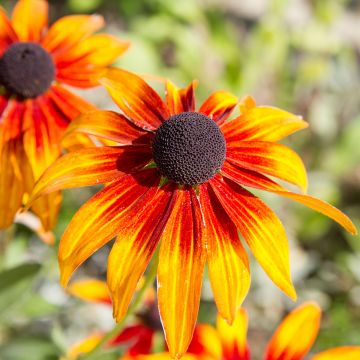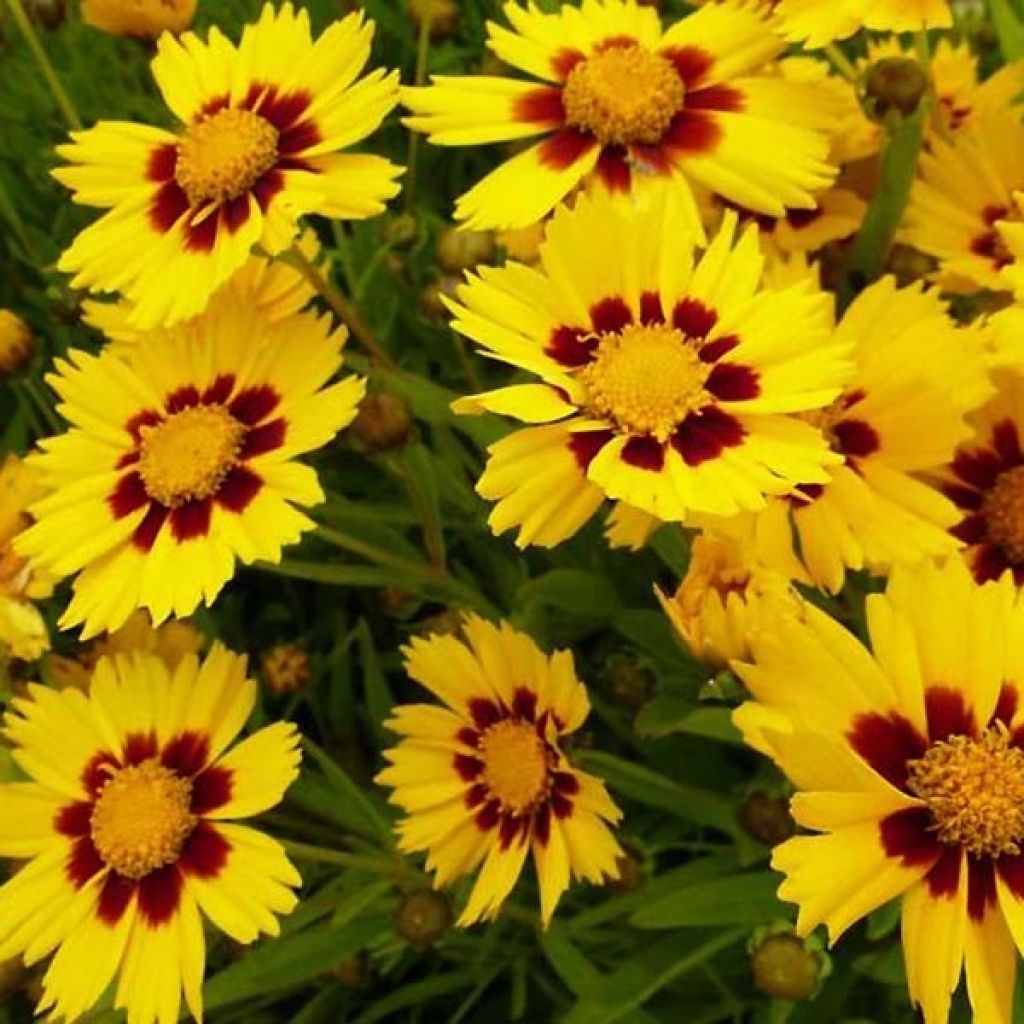

Coreopsis Baby Gold
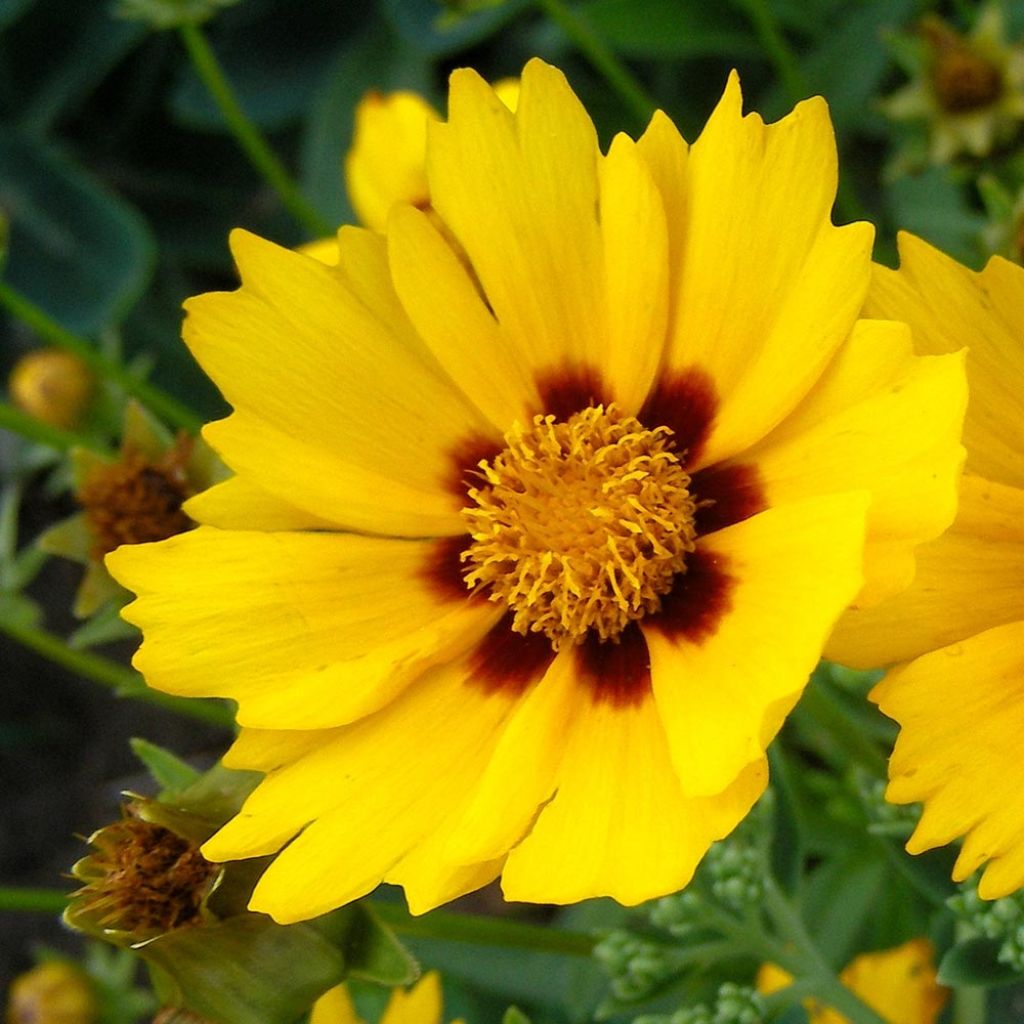

Coreopsis Baby Gold
Coreopsis Baby Gold
Coreopsis lanceolata Baby Gold
Lance-leaved Tickseed 'Sonnenkind', Coreopsis lanceolata 'Baby Gold'
No text to translate.
Domiboop, 15/12/2024
Special offer!
Receive a €20 voucher for any order over €90 (excluding delivery costs, credit notes, and plastic-free options)!
1- Add your favorite plants to your cart.
2- Once you have reached €90, confirm your order (you can even choose the delivery date!).
3- As soon as your order is shipped, you will receive an email containing your voucher code, valid for 3 months (90 days).
Your voucher is unique and can only be used once, for any order with a minimum value of €20, excluding delivery costs.
Can be combined with other current offers, non-divisible and non-refundable.
Home or relay delivery (depending on size and destination)
Schedule delivery date,
and select date in basket
This plant carries a 12 months recovery warranty
More information
We guarantee the quality of our plants for a full growing cycle, and will replace at our expense any plant that fails to recover under normal climatic and planting conditions.
Would this plant suit my garden?
Set up your Plantfit profile →
Description
Coreopsis lanceolata 'Baby Gold' is a type of plant with lanceolate leaves of medium size and a long and well-contrasted flowering period. It produces many small, bright yellow flowers with a burgundy to brown centre during the summer months. It has shiny green foliage and is easy to grow in well-drained soil. This plant is an excellent choice for challenging situations as it is very hardy and can be grown in a pot or used as ground cover. It is a generous, tireless, energetic perennial that can bloom from June to October.
The Coreopsis lanceolata 'Baby Gold', also known as tickseed, is derived from the species Coreopsis lanceolata, a bushy perennial native to the central and eastern regions of the United States, belonging to the family Asteraceae. This plant is a reliable and sturdy choice for adding some colour to flower beds during the summer and autumn months. It can grow well alongside other plants and reaches a height of 40 to 60 cm (16 to 24 in) and a width of 40 cm (16 in), making it versatile enough to thrive in different locations—the plant blooms from June to October with bright yellow flowers that have red-brown centres. The flowers are unaffected by heat and continue to bloom despite the hot weather.
The coreopsis has a beautiful dark and shiny backdrop with lanceolate leaves 12-15 cm (5-6in) long. The leaves are narrow, villous, and of a deep green colour. They are mainly gathered on a shrubby base and adorn the plant's stems. The plant slowly spreads with the help of a tangle of thin, non-tracing rhizomes.
Coreopsis plants are perennials that don't like winter humidity or heavy soils. They need lots of sun to bloom well. The soil they prefer is light, porous, and well-draining. They're easy to take care of and don't need much attention. Coreopsis lanceolata 'Baby Gold' is a versatile perennial that can grow well in many areas. It can be planted in a rock garden, on a slope with wallflowers and wildflowers, or in a herbaceous border alongside other plants like thyme and lavender. To create a beautiful summer garden, it can be paired with Calamintha glandulosa and Nepeta 'Dawn to Dusk' in a pot with very little water. It's also great for summer bouquets that bring sunshine indoors.
Coreopsis Baby Gold in pictures
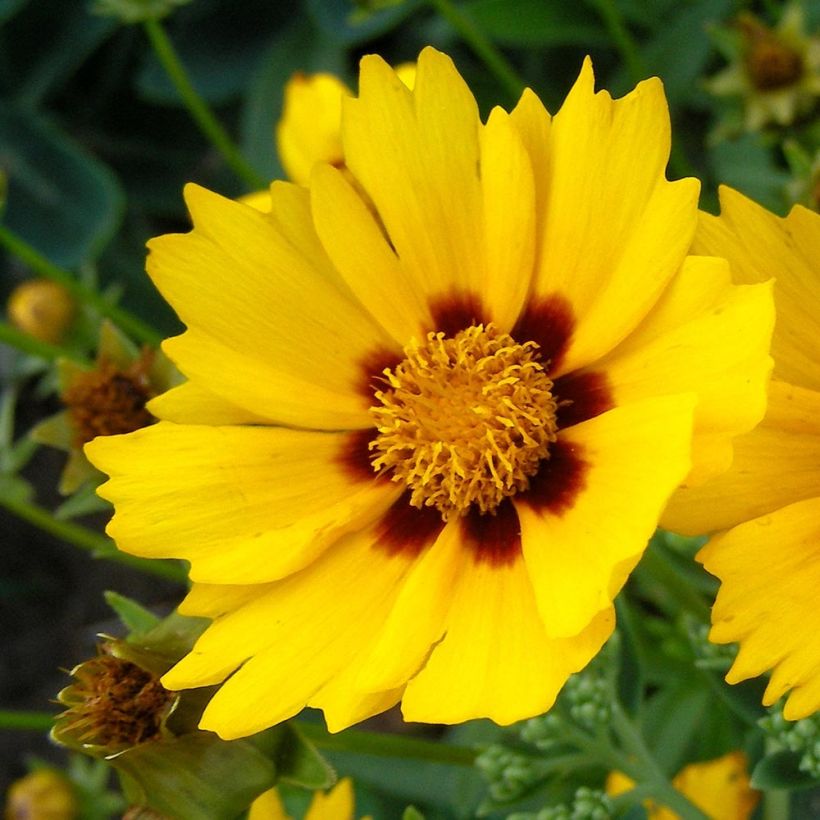

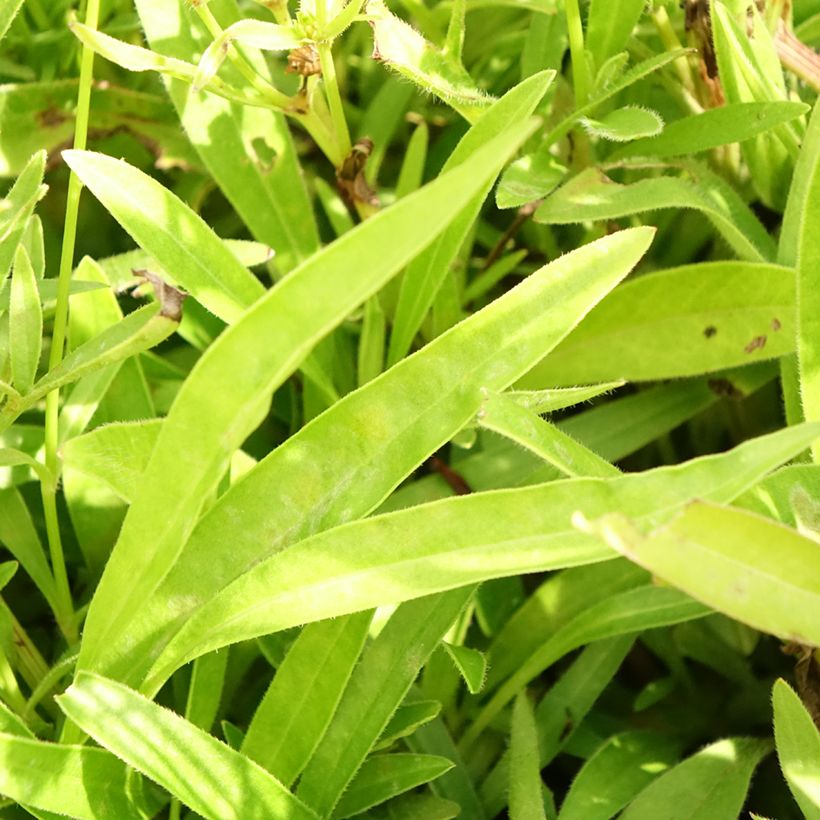

Flowering
Foliage
Plant habit
Botanical data
Coreopsis
lanceolata
Baby Gold
Asteraceae
Lance-leaved Tickseed 'Sonnenkind', Coreopsis lanceolata 'Baby Gold'
Cultivar or hybrid
Other Coreopsis - Tickseed
View all →Planting and care
The 'Gold Baby' Lanceleaf Coreopsis is a perennial plant that needs specific soil and sunlight conditions to thrive. To ensure it grows well, plant it in a well-drained, sandy or rocky soil and a spot with plenty of sunlight. If planted in heavy and damp soil, it may behave like an annual plant. Every three years, divide the shrubs to rejuvenate them. In October, trim the foliage to strengthen the base before winter.
Perennial coreopsis plants do best when kept away from winter humidity and heavy soils. They need full sun to flower well and prefer a light, porous, gravelly or sandy soil that is always well-drained, slightly acidic, neutral, or slightly alkaline. They can also grow well in humus-rich and fresh soil, provided the drainage is perfect.
To encourage re-blooming, remove faded flowers, especially at the end of August. This plant is very rewarding and requires little maintenance.
Planting period
Intended location
Care
Planting & care advice
-
, onOrder confirmed
Reply from on Promesse de fleurs
Similar products
Haven't found what you were looking for?
Hardiness is the lowest winter temperature a plant can endure without suffering serious damage or even dying. However, hardiness is affected by location (a sheltered area, such as a patio), protection (winter cover) and soil type (hardiness is improved by well-drained soil).

Photo Sharing Terms & Conditions
In order to encourage gardeners to interact and share their experiences, Promesse de fleurs offers various media enabling content to be uploaded onto its Site - in particular via the ‘Photo sharing’ module.
The User agrees to refrain from:
- Posting any content that is illegal, prejudicial, insulting, racist, inciteful to hatred, revisionist, contrary to public decency, that infringes on privacy or on the privacy rights of third parties, in particular the publicity rights of persons and goods, intellectual property rights, or the right to privacy.
- Submitting content on behalf of a third party;
- Impersonate the identity of a third party and/or publish any personal information about a third party;
In general, the User undertakes to refrain from any unethical behaviour.
All Content (in particular text, comments, files, images, photos, videos, creative works, etc.), which may be subject to property or intellectual property rights, image or other private rights, shall remain the property of the User, subject to the limited rights granted by the terms of the licence granted by Promesse de fleurs as stated below. Users are at liberty to publish or not to publish such Content on the Site, notably via the ‘Photo Sharing’ facility, and accept that this Content shall be made public and freely accessible, notably on the Internet.
Users further acknowledge, undertake to have ,and guarantee that they hold all necessary rights and permissions to publish such material on the Site, in particular with regard to the legislation in force pertaining to any privacy, property, intellectual property, image, or contractual rights, or rights of any other nature. By publishing such Content on the Site, Users acknowledge accepting full liability as publishers of the Content within the meaning of the law, and grant Promesse de fleurs, free of charge, an inclusive, worldwide licence for the said Content for the entire duration of its publication, including all reproduction, representation, up/downloading, displaying, performing, transmission, and storage rights.
Users also grant permission for their name to be linked to the Content and accept that this link may not always be made available.
By engaging in posting material, Users consent to their Content becoming automatically accessible on the Internet, in particular on other sites and/or blogs and/or web pages of the Promesse de fleurs site, including in particular social pages and the Promesse de fleurs catalogue.
Users may secure the removal of entrusted content free of charge by issuing a simple request via our contact form.
The flowering period indicated on our website applies to countries and regions located in USDA zone 8 (France, the United Kingdom, Ireland, the Netherlands, etc.)
It will vary according to where you live:
- In zones 9 to 10 (Italy, Spain, Greece, etc.), flowering will occur about 2 to 4 weeks earlier.
- In zones 6 to 7 (Germany, Poland, Slovenia, and lower mountainous regions), flowering will be delayed by 2 to 3 weeks.
- In zone 5 (Central Europe, Scandinavia), blooming will be delayed by 3 to 5 weeks.
In temperate climates, pruning of spring-flowering shrubs (forsythia, spireas, etc.) should be done just after flowering.
Pruning of summer-flowering shrubs (Indian Lilac, Perovskia, etc.) can be done in winter or spring.
In cold regions as well as with frost-sensitive plants, avoid pruning too early when severe frosts may still occur.
The planting period indicated on our website applies to countries and regions located in USDA zone 8 (France, United Kingdom, Ireland, Netherlands).
It will vary according to where you live:
- In Mediterranean zones (Marseille, Madrid, Milan, etc.), autumn and winter are the best planting periods.
- In continental zones (Strasbourg, Munich, Vienna, etc.), delay planting by 2 to 3 weeks in spring and bring it forward by 2 to 4 weeks in autumn.
- In mountainous regions (the Alps, Pyrenees, Carpathians, etc.), it is best to plant in late spring (May-June) or late summer (August-September).
The harvesting period indicated on our website applies to countries and regions in USDA zone 8 (France, England, Ireland, the Netherlands).
In colder areas (Scandinavia, Poland, Austria...) fruit and vegetable harvests are likely to be delayed by 3-4 weeks.
In warmer areas (Italy, Spain, Greece, etc.), harvesting will probably take place earlier, depending on weather conditions.
The sowing periods indicated on our website apply to countries and regions within USDA Zone 8 (France, UK, Ireland, Netherlands).
In colder areas (Scandinavia, Poland, Austria...), delay any outdoor sowing by 3-4 weeks, or sow under glass.
In warmer climes (Italy, Spain, Greece, etc.), bring outdoor sowing forward by a few weeks.






























